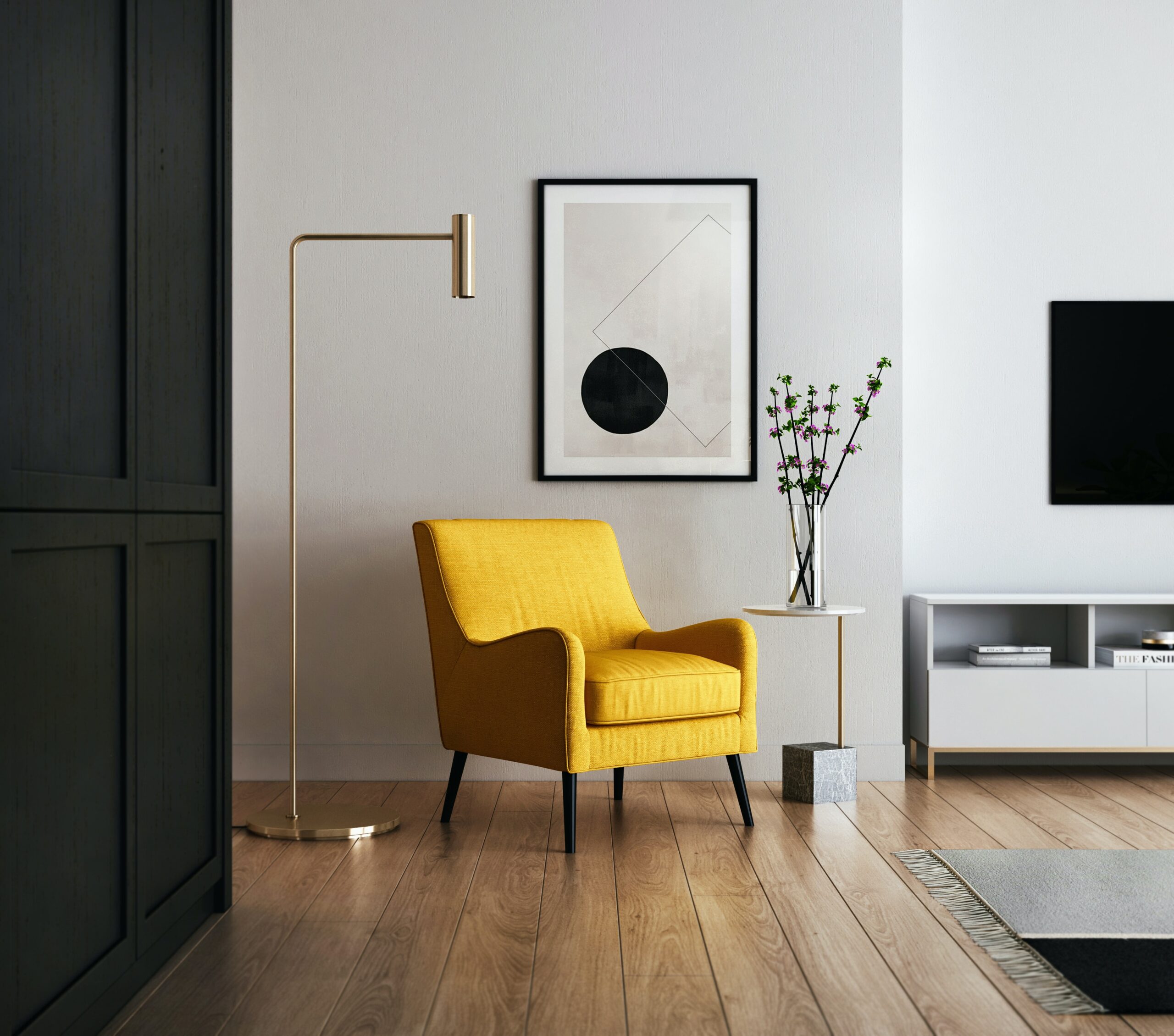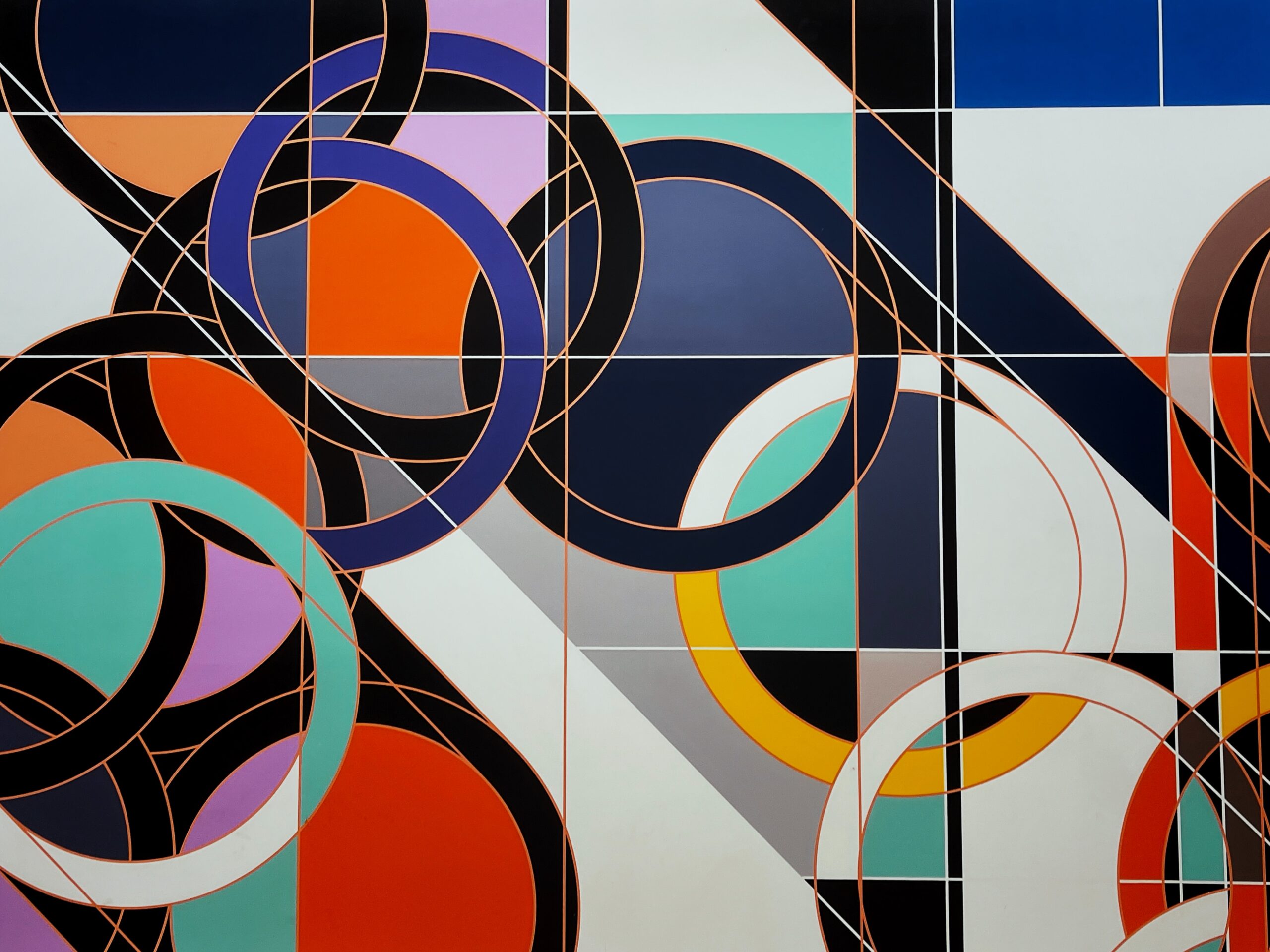Utilizing Natural Light in Home Design for a Brighter Space
When it comes to creating a bright and inviting home, natural light is an essential element to consider. Not only does it enhance the overall aesthetic appeal of a space, but it also has numerous benefits for our well-being. In this article, we will explore the importance of natural light in home design and provide some tips on how to maximize its presence in your living space.
The Benefits of Natural Light
Natural light has a profound impact on our physical and mental health. It is known to boost mood, increase productivity, and improve overall well-being. Exposure to natural light helps regulate our circadian rhythm, which in turn promotes better sleep patterns. Additionally, natural light has been linked to increased vitamin D production, which plays a crucial role in maintaining strong bones and a healthy immune system.
Maximizing Natural Light
Now that we understand the importance of natural light, let’s explore some ways to maximize its presence in your home:
1. Window Placement and Size
Strategic placement and sizing of windows can significantly impact the amount of natural light that enters a room. Consider installing larger windows on the south-facing side of your home to capture the maximum amount of sunlight throughout the day. Additionally, avoid obstructing windows with heavy curtains or furniture that may block the light.
2. Reflective Surfaces
Using reflective surfaces, such as mirrors or glossy finishes, can help bounce natural light around the room, creating a brighter and more spacious feel. Place mirrors strategically opposite windows to reflect light deeper into the space.
3. Light-colored Walls and Flooring
Opt for light-colored walls and flooring to maximize the reflection of natural light. Lighter shades create an illusion of openness and brightness, making the room feel more airy and welcoming.
4. Skylights and Sun Tunnels
If you have limited options for window placement, consider installing skylights or sun tunnels. These can be a fantastic way to bring natural light into areas that would otherwise be devoid of it, such as hallways or bathrooms.
5. Window Treatments
When it comes to window treatments, opt for sheer or translucent curtains that allow natural light to filter through while still providing privacy. Avoid heavy drapes or blinds that block out light completely.
6. Open Floor Plans
Open floor plans allow natural light to flow freely from one space to another, creating a seamless and bright environment. Removing unnecessary walls or partitions can help maximize the spread of natural light throughout your home.
7. Outdoor Connections
Create a strong connection between your indoor and outdoor spaces to maximize natural light. Consider installing large glass doors or windows that open up to a patio or garden area, allowing for a seamless transition between the two.
Conclusion
Utilizing natural light in home design is not only aesthetically pleasing but also has numerous benefits for our well-being. By strategically incorporating natural light into your living space through window placement, reflective surfaces, light-colored walls, and other design choices, you can create a brighter and more inviting home. So, let the sunshine in and enjoy the many advantages of a well-lit space!

